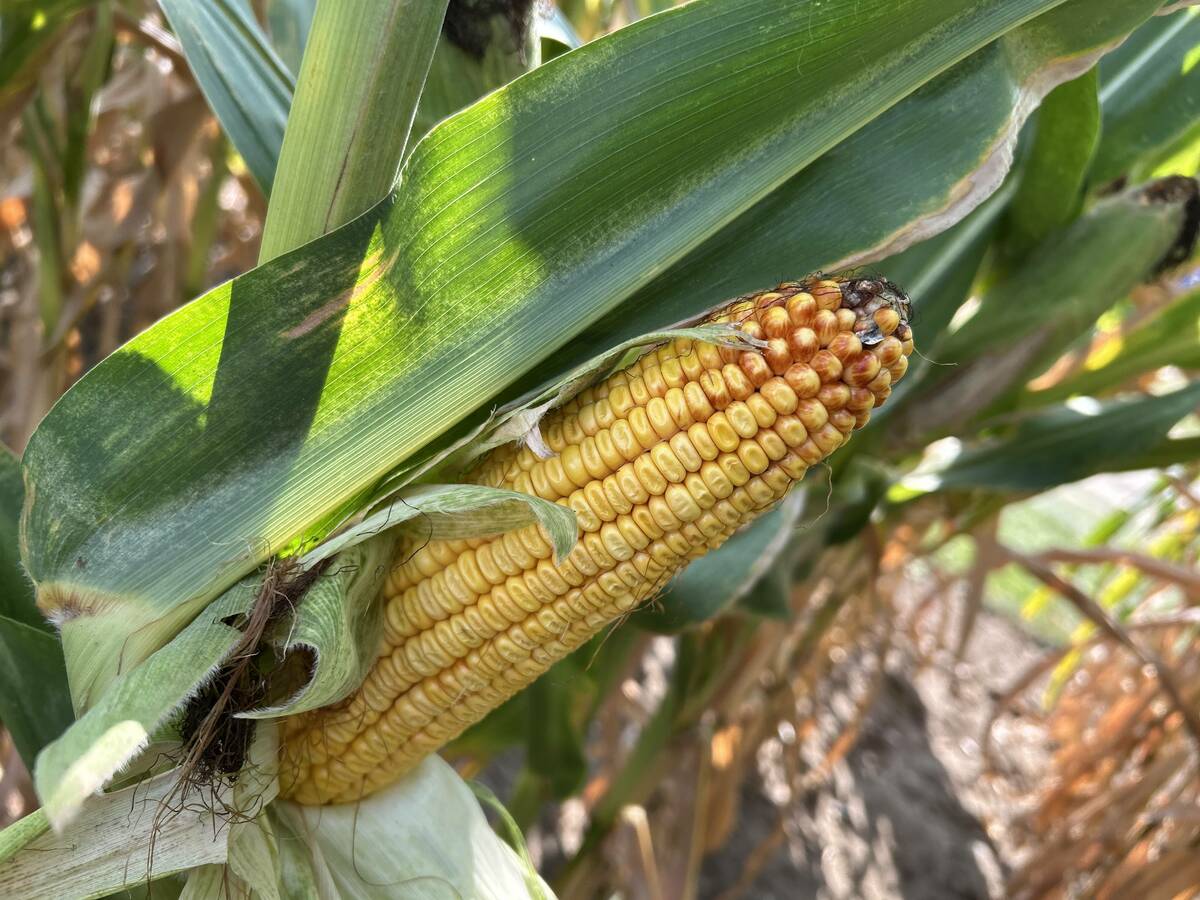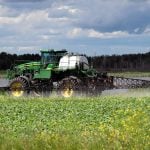It is becoming harder for Canadians to find good paying jobs without having a post-secondary diploma or degree. Even those children taking over the family farm are pursuing higher education to ensure operations stay competitive in an increasingly global market.
As parents, we want to ease the burden for our children, but with so many investment options available, it’s hard to determine the best choice.
Registered Education Savings Plans are advertised as a great way to save for your child’s education, but what are they and how do they work?
Read Also

Crop estimates show mixed results
Model-based estimates used by Statistics Canada showed the 2025/26 crop year has seen increases in canola, corn for grain, oats and lentils production while seeing dips in spring wheat, durum wheat, soybeans and barley in comparison to 2024/25.
What is an RESP?
RESPs are investment vehicles that help build an education fund for a child.
The child can use the money for full or part-time studies in an apprenticeship program, trade school, college or university.
A maximum of $50,000 per child’s lifetime can be contributed to an RESP and you can contribute to the child’s plan for up to 31 years. If the child has a disability, the maximum rises to 35 years.
When the child pursues higher education, the RESP provides funds to help cover expenses.
Tax implications
Unlike Registered Retirement Savings Plans, contributions made to an RESP are not tax deductible. However, money invested in the fund grows tax-free.
The RESP is a great vehicle for income splitting. When the child removes the funds from the RESP, only the income portion is taxable to the child.
Children pursuing post-secondary education are likely to have little or no income, and their education tax credits will reduce any taxes owing from the RESP income significantly.
When to contribute
You may want to consider investing a large sum of money early in your child’s life to maximize your benefit from the tax-sheltered growth.
However, this must be weighed against the fact that the federal government offers annual grants for RESP holders, which forces contributors to consider limiting their contributions and spreading them out.
The federal Canada Education Savings Grant provides funds to your child’s RESP of up to 20 percent of the first $2,500 of annual contributions, which is not a bad return on your investment.
The grant is worth up to $500 per year for each year the beneficiary is under the age of 18, to a maximum of $7,200 per beneficiary.
What if your child does not attend post-secondary education?
If your child does not attend postsecondary, there are options available. The government allows the contributor to remove any contributions made into the RESP tax-free, but income earned in the RESP will be taxable at a higher rate to the contributor in the year the funds are removed, and any grant funds received must be repaid to the government.
Another option is to move the RESP income into your RRSP. This option comes with some restrictions. The government allows you to transfer only up to $50,000 of RESP income to your RRSP during your lifetime to the extent you have available RRSP contribution room.
Saving through a Tax-free Savings Account
Tax-free Savings Accounts are another tool to help save for a child’s education. You can contribute up to $5,000 each year to a TFSA and the income earned by the investment is not taxed.
When funds are withdrawn from the TFSA, no tax consequence is realized by either the parent or the child and there are no restrictions on how the funds are used.
However, TFSAs are not eligible for the Canada Education Savings Grant.
Once your child turns 18, you may consider giving them money to invest in their own TFSA. Once the child turns 18 they are no longer eligible for the federal grant.
Using Family Farm Corporation
Another alternative is to transfer some shares of your family farm corporation to your child when they turn 18.
If structured appropriately, there would be no tax on the transaction and when dividends are paid from the farm corporation to the child, the income is taxed in the child’s hands.
Keep in mind that depending on the province where you live, your child could receive $20,000 to $25,000 per year without paying tax.
There are many issues to consider if contemplating this transaction, but it is an option if you have not or will not use RESPs for saving for your child’s education.
Colin Miller is a chartered accountant and senior manager in KPMG’s tax practice in Lethbridge. Contact: colinmiller@kpmg.ca.
However, TFSAs are not eligible for
———
subscriber section=ag_finance, none, none














